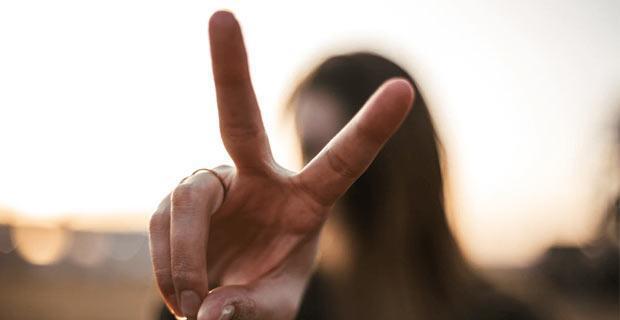
Victory Day is generally celebrated in Europe on 8th May to commemorate the end of the Second World War. It is a public holiday to mark the formal acceptance of the unconditional surrender by Germany’s armed forces by the Allies. This day marked the end of the War in Europe.
A Little History about the Victory Day
On 30th April, 1945, Adolf Hitler, the President of the Nazi Party was supposed to have committed suicide when the Battle of Berlin was going on and the Allies and the Russian armed forced were moving in. Hitler’s successor, Reichsprasident Karl Donitz authorised the unconditional surrender from his Flensburg Government. The actual surrender act was signed on 7th of May in Reims, France, followed by the surrender in Berlin, Germany on 8th of May, 1945.
When Germany was defeated by the Allies and Russia, celebrations were held all over the Western world, stretching from Moscow to Los Angeles in California, United States of America.
What did Victory Day mean to people in the United Kingdom?
More than a million people in the United Kingdom came out into the streets to celebrate and mark the end of the Second World War which presented horrific and nightmarish events for many families throughout the continent of Europe, and particularly for the Jews who suffered physical and emotional anguish during the Holocaust.
On 8th May 1945, crowds gathered in Trafalgar Square and up at the Mall to the Buckingham Palace. Queen Elizabeth I and King George VI along with Prime Minister Winston Churchill appeared on the Palace’s balcony to greet the cheering crowd. At that time, the future Queen Elizabeth II and her sister, Princess Margaret were wandering incognito among the gathered crowds to take part in the celebrations. People celebrated by lighting bonfires and beacons.
How is Victory day celebrated in UK?
This year, on Tuesday, 8th of May, thousands of people including the veterans of the Second World War will gather along with spectators at various places that set up stages in the aircraft-hangar style. People will be able to experience music and dance acts from the nineteen forties. Cathedrals and churches across the nation will ring their bells as a mark of celebration.
The Queen generally leads a ceremony by lighting beacons and this ritual is followed all across the nation. She will greet crowds who gather to watch this ceremony and this function takes place at Windsor Great Park. Here, the first among hundreds of beacons is lit for display, stretching from Cornwall to Newcastle. A two-minute silence is held at the Cenotaph on 8th May.
The Royal British Legion works in alliance with the Government of the United Kingdom to prepare commemorations and host a reception to more than two thousand veterans of the Second World War. These veterans join in a parade, accompanies by bands. They are also joined by current servicemen and women who make their way from the Westminster Abbey along Whitehall and they pass the balcony of the Building of Treasury from where Churchill had delivered his speech. A grand reception is held at the St. James’ Park.
People will also come across celebrations on the Channel Islands. This was the only part of Britain that was under the occupation of the Nazis during the Second World War. Various other community events are planned across the nation as local authorities and schools also take part in these celebrations. Sporting events are also encouraged all across the country to mark the Victory Day. This will be the Seventy-Third Anniversary of the Victory Day celebrations and on special occasions, an aerial display of Lancaster and Spitfire bomber planes can also be seen over London to celebrate across fields. Speakers are set up in these fields to play music and the locals come out to join in the celebrations.
Photo by Priscilla Du Preez